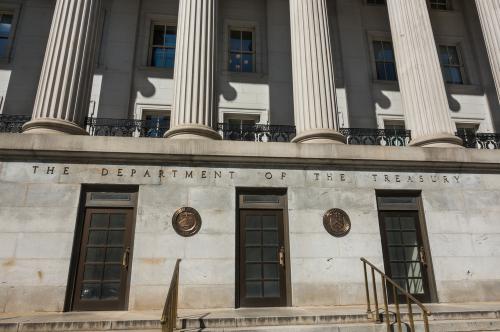The Brookings Institution is committed to quality, independence, and impact.
We are supported by a diverse array of funders. In line with our values and policies, each Brookings publication represents the sole views of its author(s).

Research
BPEA | 1981 No. 2

1981, No. 2
THE enigmatic behavior of the U.S. economy during the 1980 recession
makes it more imperative than ever that some of the mystery that surrounds
inventory behavior be solved. On the surface, the economy seems
to have reacted quite differently to what appear to be rather similar external
shocks (principally, rapid increases in oil prices) in 1973-75 and in
1979-80. However, if one abstracts from inventory behavior and focuses
on final sales, the two recessions look rather similar. Several observations
confirm this. First, the briefest recession in U.S. history was also the first
in which inventory investment did not swing sharply toward liquidation
between the peak and the trough. Second, if one judges the contraction
by real final sales instead of real GNP, the 1980 recession was actually
far deeper than the “severe” 1973-75 recession. And third, the way the
1980 recession was concentrated into a single quarter seems less unusual
if one looks at real final sales instead of real GNP. In the 1973-75 recession, for example, fully 90 percent of the total peak-to-trough decline in
real final sales happened in a single quarter (1974:4).